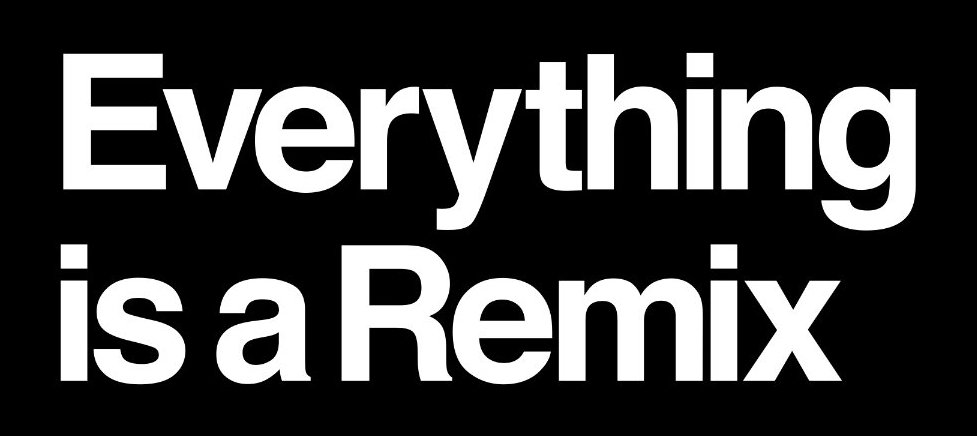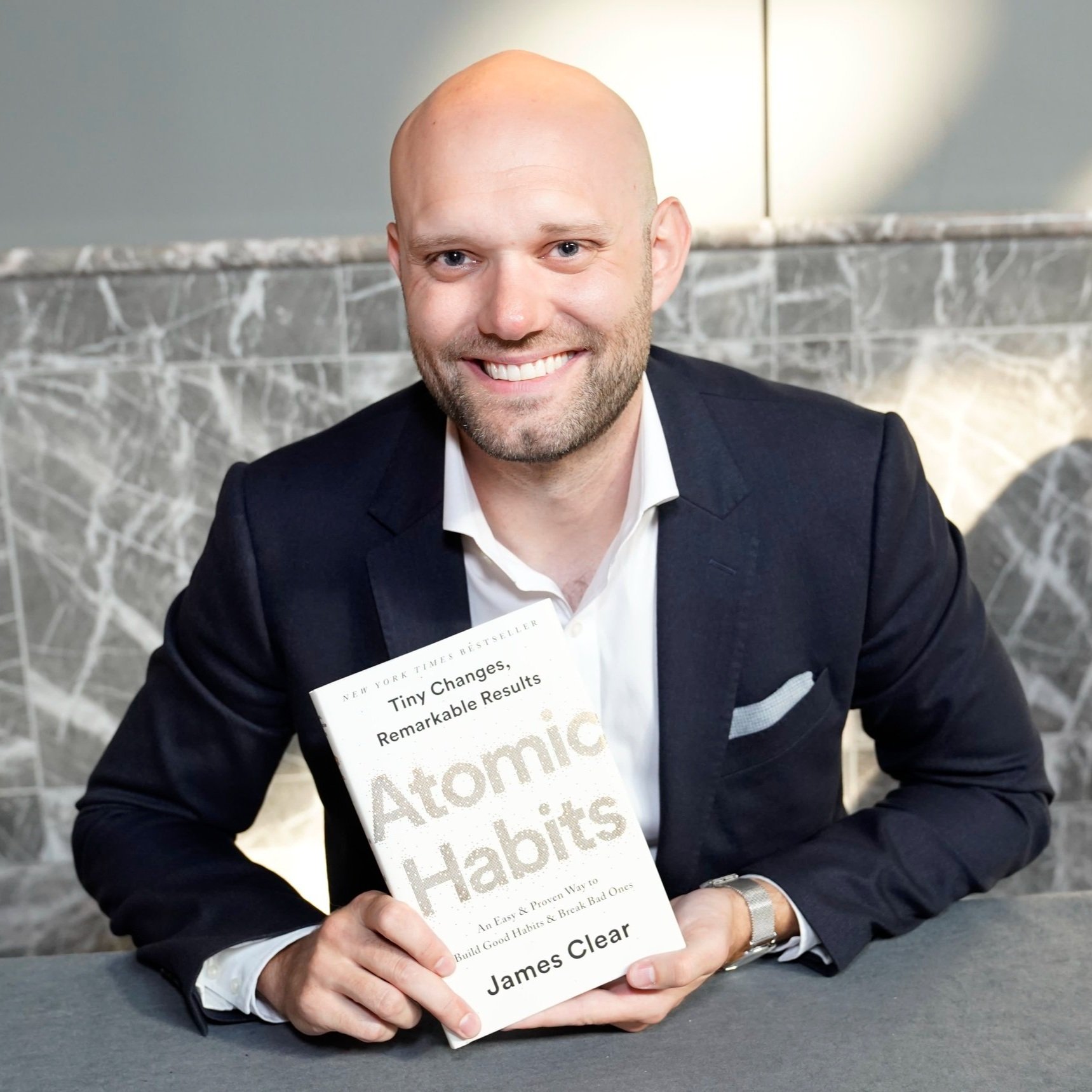How Remixing Grew Into a Multi-billion $ IP
How does creativity happen?
Step 1
We start with copying. Watch Everything is a Remix Part 1 to learn more.
Step 2
We take what we copied and we transform it. We stretch it, squish it, flip it, distort it, recolor it, add effects, or anything else you can imagine.
By the way, this includes making mistakes. You try to do one thing and get something else. Always take a moment to evaluate your mistakes. Mistakes can be free ideas.
Transformation is time-consuming tinkering. We make small revisions again and again and again, and over time, these turn your source material into something unrecognizable. The Daft Punk sequence from Everything is a Remix Part 1 is a fun example.
George Lucas was the first major entertainer to work in a clearly remix-y style. He took bits from other films and transformed them. This style is strongest in the original Star Wars from 1977.
Lucas initially conceived of Star Wars as a version of the Flash Gordon shorts from the 1930s. Overall, Star Wars still bears many similarities, which is why many science fiction fans think Star Wars is not science fiction. Flash Gordon was more of a fantasy. It was castles, princesses, and evil kings, much like Star Wars.
The style and swordplay of the Jedis are drawn from samurai films, like those of Akira Kurosawa.
Some scenes in Star Wars resemble those from famous Westerns, like The Searchers.
The template for the final Death Star mission was a variety of World War II films, like The Dambusters.
All these are just the beginning. Watch this sequence from the original Everything is a Remix series to see more. And for the deepest of deep dives, check out Michael Heilemann’s site, Kitbashed.
But transformation isn’t just about art and entertainment. It applies to innovation and business as well. That’s where we’re headed in our next installment.
When is copying wrong?
Above: The TV series Invasion (2023). Below: The Abyss (1989). Is this sort of copying wrong?
I’ve been watching the Apple TV+ series Invasion. There’s a scene in the show where I’m sure thousands of sci-fi fans all said, “Uh, that’s from The Abyss.”
You can see the two shots above. And yeah, they’re quite a bit alike. Is there anything wrong with this?
Let me talk this through using the example of the seventies hard rock band Led Zeppelin. (Click that link to watch this section of Everything is a Remix Part 1.)
There’s no doubt that Led Zeppelin were a highly imaginative group of musicians, especially Jimmy Page, the band’s guitarist and founder. Nonetheless, early in the band’s recording career, Page and Zeppelin repeatedly crossed an important line: the line between copying and plagiarism.
The clearest example of this is the song “Dazed and Confused.” Without a doubt, this was an uncredited cover of a song by Jakes Holmes. Check out the songs back to back in our playlist: Spotify, Apple Music. (They’re songs 31 and 32 in the list.)
Page plagiarized Holmes’ song.
So: copying is wrong when it’s plagiarism.
Uh huh. But when is copying plagiarism?
Copying is plagiarism when you copy too many parts at once.
For instance, Page could have copied a single part from “Dazed and Confused,” like its dark mood, the descending guitar line, a bit of the melody, even the title “Dazed And Confused,” which wasn’t Holmes’ invention.
But Page copied all these things. The Led Zeppelin version of the song does all of these things… and more.
(Yes, there’s plenty of original music and lyrics in the Led Zeppelin version, but as a whole, Zeppelin’s song is too much like Holmes.)
So what’s the verdict on this image?
In my opinion, it’s certainly not plagiarism. All that was really copied was a single element: reaching out to a gelatinous blob.
However, I will say this: I think these filmmakers could have done better. That moment from The Abyss is well-known and they could transform that idea more. This would make it less recognizable, and more importantly, make this scene more their own and more imaginative.
And that’s where we’ll head next, into the realm of transformation. This is how we take things we love and make them our own.
How James Clear Remixed a Blockbuster
James Clear poses with his bestseller, Atomic Habits
James Clear’s Atomic Habits is an absolutely monumental nonfiction bestseller. If you’ve only bought one nonfiction book in the last few years, there’s a good chance Atomic Habits is it.
The book is a remix of the work of countless others who’ve researched the psychology of habit formation. Clear is not sneaky about this at all and does a superb job of citing his sources.
Here are some of his biggest influences.
BJ Fogg’s Tiny Habits
The premise of Atomic Habits is similar to BJ Fogg’s Tiny Habits. Both are about how small habits can transform your life. Clear also writes about Fogg’s concept of habit stacking, which is when you link a new habit you’re trying to form to an established one.
Habits as compound interest
What good are little habits? Clear says these small actions create compound interest over time, just like small investments can reap huge rewards over decades. This concept is popular in lots of writing about habits, for instance, the long-running blog Zen Habits.
Charles Duhigg’s The Power of Habit
One of the most important sources for Atomic Habits is Charles Duhigg’s The Power of Habit. Duhigg broke habit formation into three steps: cue, routine, and reward.
Clear took these elements and transformed them into cue, craving, response, and reward. He kept the name “habit loop.”
Clear then presented his new model using this graphic from Nir Eyal’s Hooked as a template.
Nir Eyal’s Hook Model
Here’s James Clear's result. This concept is the foundation of Atomic Habits.
Clear’s Habit Loop
Csikszentmihalyi’s Flow State
One of the most influential concepts in self-improvement is Mihaly Csikszentmihalyi’s Flow. This is when an activity is just slightly beyond your abilties, leading to immersion and improvement. Clear reframes this idea as The Goldilocks rule, which is the same thing as flow, but Clear probably wanted to frame it in a simpler way.
Anecdotes from other nonfiction books
Clear’s anecdotes in Atomic Habits are often drawn from other nonfiction books. For instance, he uses a story about how photography students who focused on quantity rather than quality ultimately took better photos. This story came from Art & Fear by David Bayles and Ted Orland.
And Simon Sinek?
Again, Clear’s endnotes do a fantastic job of revealing how he wove his book together. But sometimes, he might go a bit far in his acknowledgments, as in the case of citing Simon Sinek’s Golden Circle concept from Start With Why.
Clear saw this.
Simon Sinek’s Golden Circle
Then created this.
Clear’s three levels of change
In this case, I’d say that design falls squarely in the public domain and no citation is needed
Clear’s secret ingredient?
Many of the books Clear remixes were successful, but none to near the level of Atomic Habits. What’s Clear’s secret?
I think the key was how Clear integrated all this knowledge into his own life. He directly practiced everything he learned and modified it to make it work better. He lived it and wrote about the experience.
Another formative influence on Clear was this tweet from the entrepreneur and investor Naval Ravikant: “To write a great book, you must first become the book.”
Feedback for my new ChatGPT and AI course has been fantastic! You can see a few testimonials from Hans, Jeff and Charlie on the landing page.
I'm now venturing into personalized coaching, consulting, and interactive teaching sessions. If you need deeper engagement, tailored guidance, or hands-on learning, this is how I can provide that. Head over to the contact page to get in touch.
Raiding the 20th Century
 Strictly Kev's Raiding the 21st Century: A History of the Cut Up, packages remix history into a dizzying hour-long montage.
Click below to download.
Strictly Kev's Raiding the 21st Century: A History of the Cut Up, packages remix history into a dizzying hour-long montage.
Click below to download.
Raiding the 21st Century by Strictly Kev a.k.a. DJ Food (MP3) DJ Food web site
(Thanks Ian)









